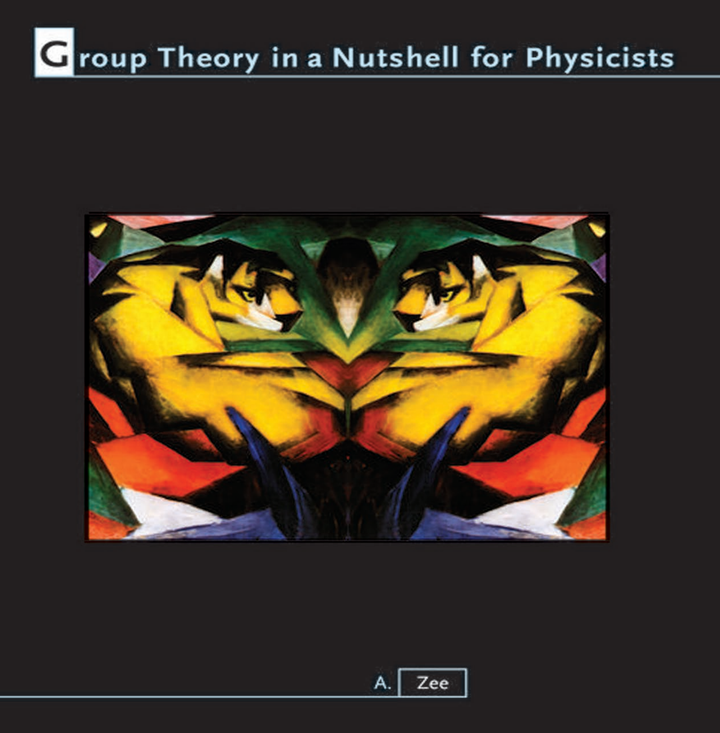Group Theory In A Nutshell For Physicists Djvu

The world of theoretical physics, often perceived as abstract and inaccessible, relies heavily on a powerful mathematical tool: Group Theory. A concise, yet comprehensive resource titled "Group Theory In A Nutshell For Physicists" has become a staple for physicists seeking to navigate this complex landscape.
The book offers a condensed and practical introduction to group theory, bridging the gap between abstract mathematical concepts and their concrete applications in physics. Its influence is seen across various sub-disciplines, from particle physics to condensed matter physics.
The Core of Group Theory
At its heart, group theory is the mathematical study of symmetry. Symmetry, in a broad sense, refers to transformations that leave a system unchanged. This book explores how these symmetries, represented by mathematical groups, govern the behavior of physical systems.
The book delves into the fundamental definitions of groups, subgroups, and representations. It emphasizes practical applications like understanding the quantum mechanical behavior of particles and predicting the properties of crystals.
Key Concepts Covered
The content usually includes detailed discussions on Lie groups and Lie algebras. These are crucial for describing continuous symmetries, such as rotations and translations.
Representations of groups, which map abstract group elements to linear transformations, are also a central theme. Understanding how physical states transform under these representations is essential for classifying particles and predicting experimental outcomes.
The book also covers character tables, which are invaluable tools for analyzing representations and determining selection rules in quantum mechanics. This allows physicists to understand which transitions between energy levels are allowed and which are forbidden.
Impact and Applications in Physics
The impact of "Group Theory In A Nutshell For Physicists" is widespread. It empowers physicists to tackle complex problems across multiple domains.
In particle physics, group theory is used to classify elementary particles and understand their interactions. For example, the Standard Model of particle physics is based on a specific gauge group, reflecting the fundamental symmetries of nature.
In condensed matter physics, group theory helps understand the properties of crystals and other materials. The symmetry of a crystal lattice determines its vibrational modes, electronic band structure, and other important characteristics.
Accessibility and Pedagogical Approach
The book differentiates itself with its emphasis on clarity and directness. It avoids overly abstract mathematical formalism, focusing instead on practical examples and applications.
The use of concrete examples allows readers to develop a strong intuition for group theoretical concepts. This makes it a valuable resource for both students and researchers.
Exercises and problems are often included to reinforce understanding. These exercises encourage readers to apply the concepts learned to real-world physical situations.
A Continuing Influence
Despite its relatively small size, the book continues to be a key resource for physicists worldwide. It offers a starting point for those entering the field and a valuable reference for experienced researchers.
By providing a streamlined approach to group theory, it helps physicists unlock the power of symmetry and gain deeper insights into the fundamental laws of nature. The work continues to equip scientists with the tools needed to explore the intricate symmetries governing the universe.







